I'm closing in on the rebuild of my Wellsaw horizontal bandsaw. Here's a "before"...

And here's a current pic:
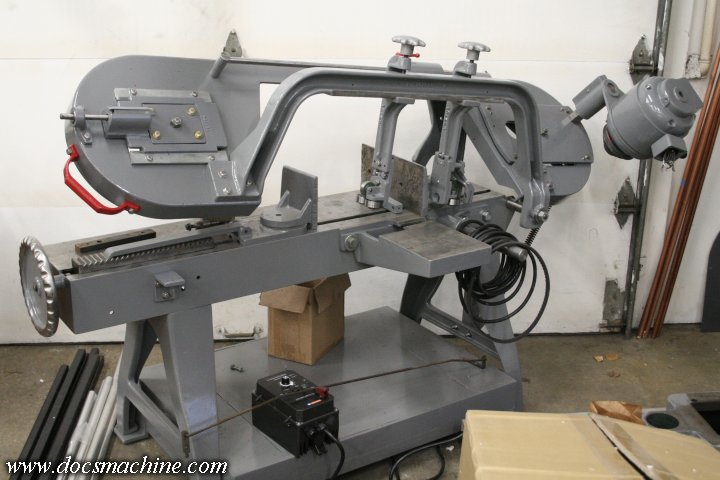
I've gotten it far enough it's time to try installing a blade and aligning everything. I'm a little stuck on that point, though- the manual is of little help, as it assumes the alignment is close, and just needs fine-tuning.
But I had this thing apart down to the last screw, and both wheels have options for tilting the wheels in both axis. So I need to get the wheels coplanar- if that's the correct term - in both tilt and skew.
- in both tilt and skew.
I'd originally planned on using a couple of chunks of angle iron or angle aluminum as a straightedge, but unfortunately, parts of the support frame are in the way:
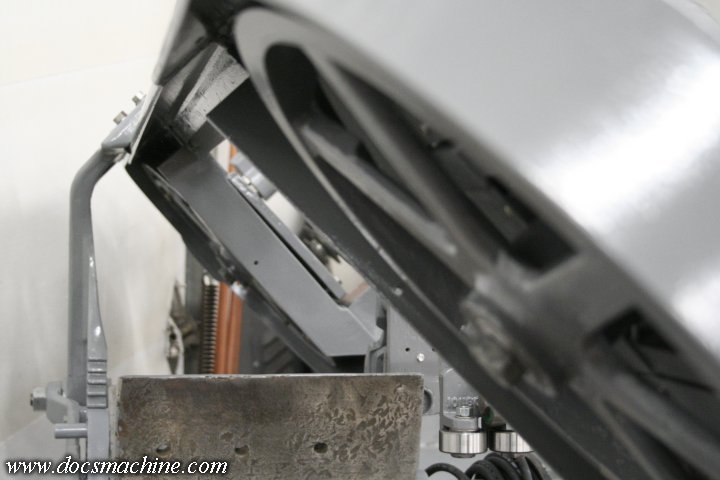
So you can't really even eyeball down the faces. So any other ideas? Clamp a couple carpenter squares to each one and eyeball down the 90 degree face?
Doc.

And here's a current pic:

I've gotten it far enough it's time to try installing a blade and aligning everything. I'm a little stuck on that point, though- the manual is of little help, as it assumes the alignment is close, and just needs fine-tuning.
But I had this thing apart down to the last screw, and both wheels have options for tilting the wheels in both axis. So I need to get the wheels coplanar- if that's the correct term
 - in both tilt and skew.
- in both tilt and skew.I'd originally planned on using a couple of chunks of angle iron or angle aluminum as a straightedge, but unfortunately, parts of the support frame are in the way:

So you can't really even eyeball down the faces. So any other ideas? Clamp a couple carpenter squares to each one and eyeball down the 90 degree face?
Doc.
.png)
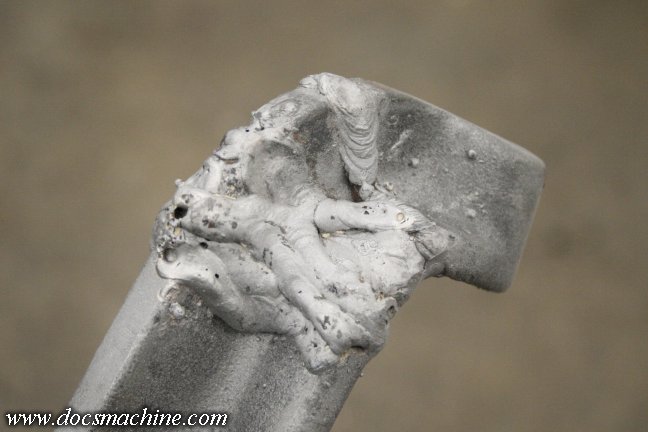
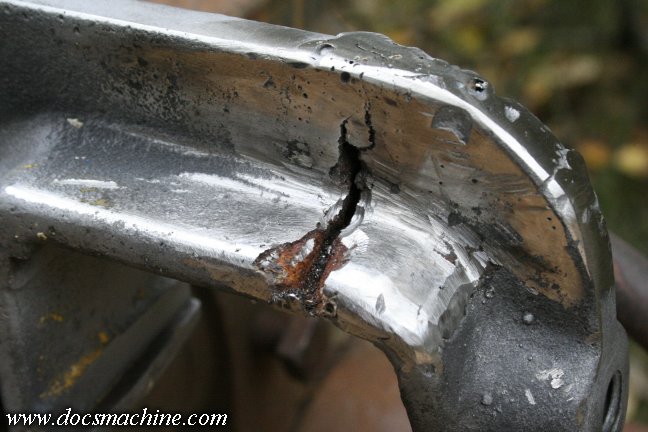
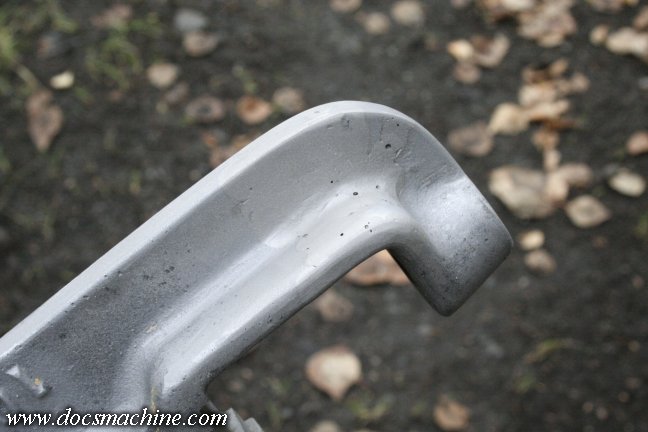
Comment